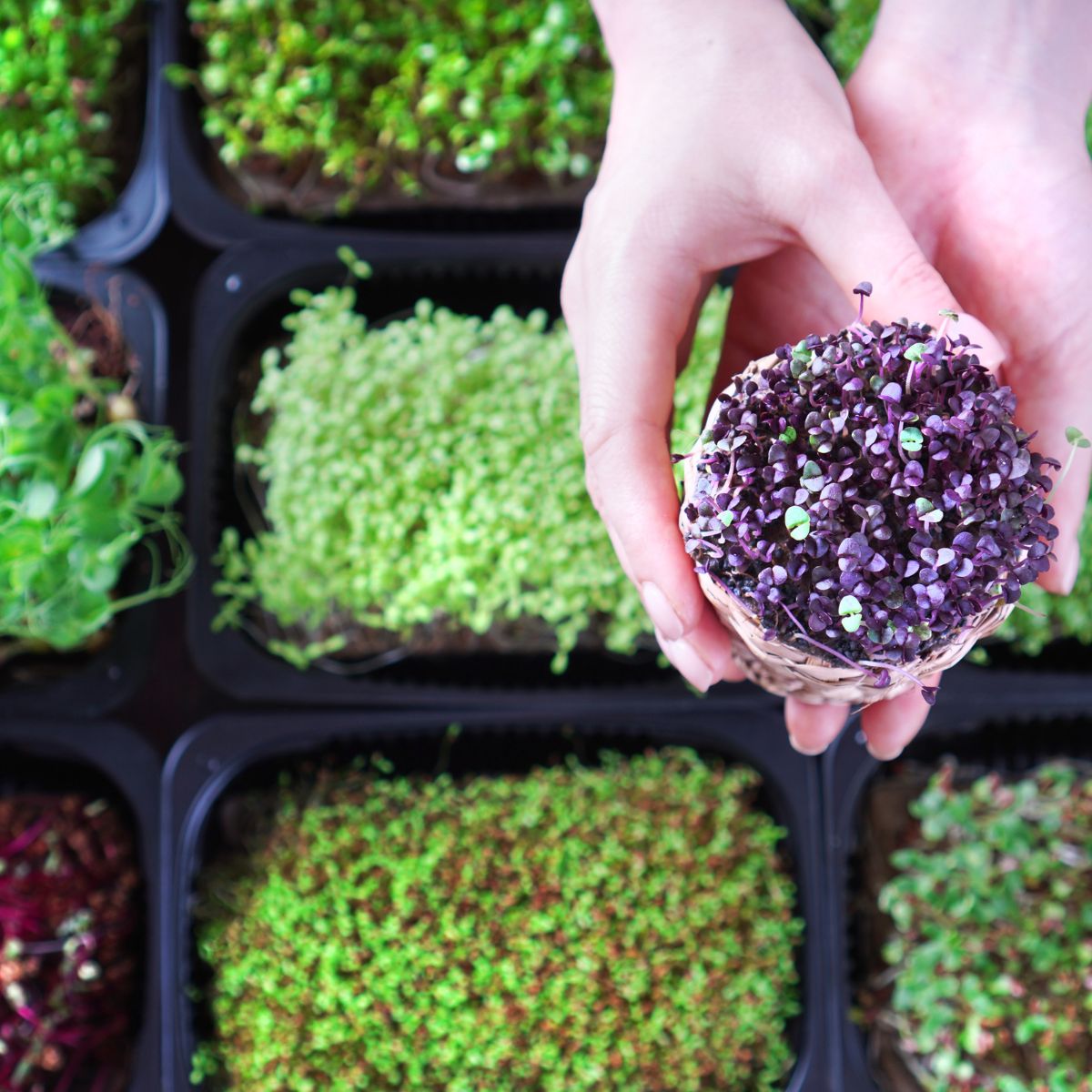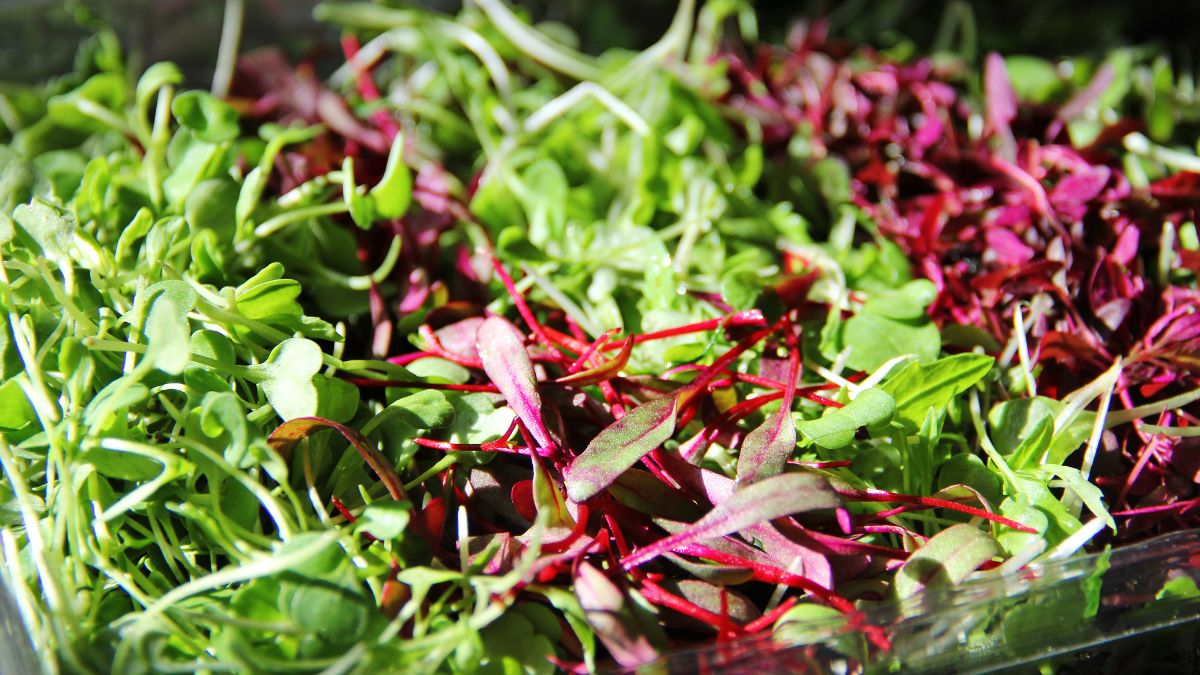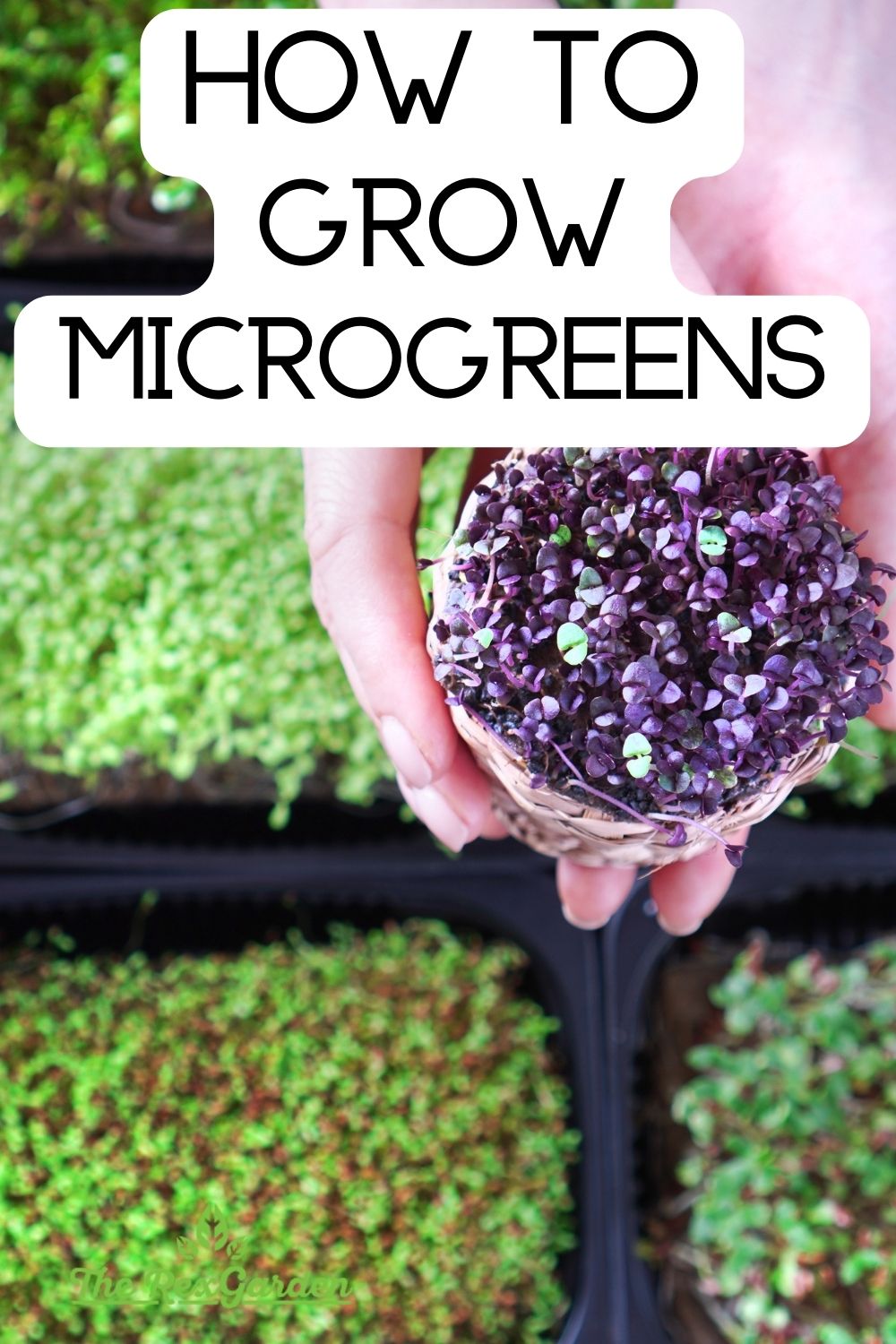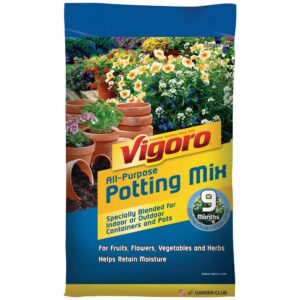Microgreens are an ultra-nutritious superfood that can be easily grown by anyone at home. It doesn't matter if you have limited space or a lack of skills when it comes to gardening, microgreens are almost foolproof.
Microgreens add vitamins to your diet and are full of essential minerals that help us stay healthy. Each microgreen will have a different texture and flavor depending on which variety you choose to grow.
You can grow microgreens indoors, outdoors, or somewhere in between! They thrive in almost any environment and can be grown in as little as a week or two.

Read Next
What Are Microgreens?
This delicious food source is the spouted seed of an herb, plant, or vegetable. Microgreens will grow in about 7 to 10 days after they are planted. These seedlings are grown in soil and placed in the sun to help them develop small leaves which are edible and delicious.
Why Grow Microgreens?
Many people choose to grow their own microgreens because they have a high space-to-yield ratio. This means that you can grow a lot of microgreens with very little space, which is great for people with a limited growing area.
No garden? No problem! Simply grow your microgreens indoors in a shallow container and place them near a window that receives the most sunlight! Water them regularly, and viola!
Microgreens are also a very economical food source, they are relatively cheap to grow and do not need extensive effort to help them thrive.
Growing microgreens is not only good for your pocketbook, but they are also great for your health as well. Microgreens contain vitamins A, C, and E, as well as antioxidants.



How To Grow Microgreens
When you are ready to grow your own microgreens you will first need to buy seeds at your local nursery or hardware store, some grocery stores may also sell seeds depending on where you live.
Once you have your seeds, soak them in warm water overnight. Thoroughly drain the seeds and rinse them before you go to the next step.
Next, you will want to prepare your growing container by filling it three-quarters of the way full with soil. Moisten the soil so it is neither dry nor wet, you want the soil to be damp but not soggy.
You then want to add your seeds to the soil and press them in firmly, but don't push them in too deeply. Lightly cover your seeds with a thin layer of soil.
Be sure to add plenty of seeds to have a healthy and full harvest. Allow your microgreens to get at least 4 hours of sun per day in the summer and 6 hours in the winter.
Use a spray bottle to dampen the seeds and water them daily. Your seeds should always be moist, but not completely covered in water. Too much water will cause your microgreens to drown, while not enough will cause them to dry out.
Cover your seeds with a clear plastic lid or a plastic bag to help create the ideal environment for them to sprout. Microgreens thrive in a warm enclosure with plenty of humidity.
Once your microgreens have sprouted, remove the lid and allow them to grow without it. Continue to water your micro greens daily with a light mist.
Harvest your microgreens when they reach between two to three inches in height, and use scissors or sheers to trim them just above the soil. Add them to sandwiches, salads, nachos, or pizza!
Sprouts Vs Micro Greens
Some people may confuse micro greens and sprouts. Microgreens are grown in soil and placed in the sunlight to help them grow, they are clipped above the root 7 to 10 days after planting and eaten right away.
Sprouts are grown in water and don't grow as leafy as micro greens, rather they are germinated seeds that contain more pectin and amino acids.
Sprouts are eaten whole. The full sprout consists of the seed, root, stem, and underdeveloped leaves.
Microgreens are clipped at the base of the stem, which means only the upper stem and leaves are eaten.
Types Of Micro Greens
There are many types of microgreens to choose from, over 80 varieties of microgreens are available to buy and grow at home.
The most popular types of microgreens are grown from radish seeds, fennel seeds, cilantro seeds, cabbage seeds, or arugula seeds!
If you want a wide variety of flavors, grow multiple types of micro greens and add them to your dish. Mixing various types of microgreens together not only adds more flavor, but it increases the nutritional value of the dish because each microgreen has a different nutritional makeup.



Have You Grown Microgreens?
If you have any experience with growing your own micro greens, we would love to know in the comments below! Let us know which type you grew, how long they took, and if you would grow them again!





Ryange says
Very interested in this because it is the best way to grow things that are not available for remote pepeal in the outback and the best way for you to grow in a Hot environment